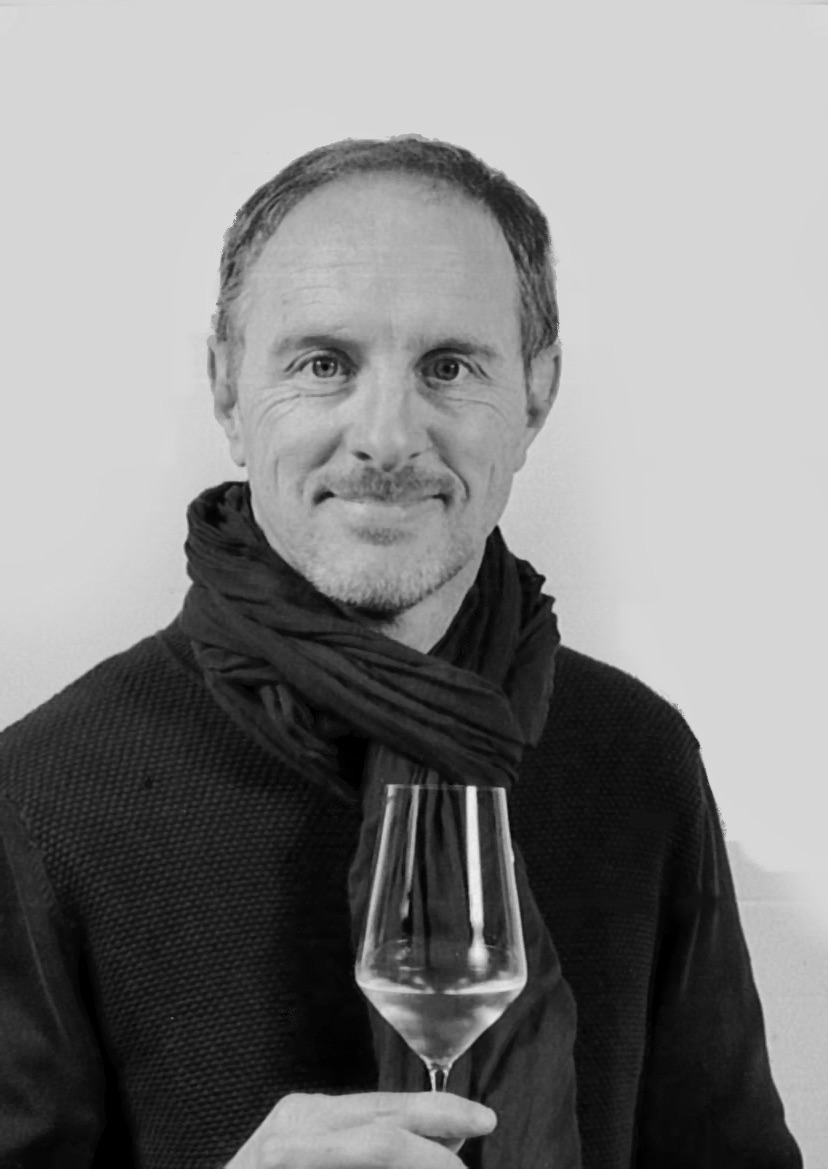A map enthusiast, this journalist and taster has been exploring Burgundy for two decades, notably through his publications in the Collection Pierre Poupon. The proof is in his latest book. More than just a plot-by-plot atlas, it’s a spotlight on the men and women who ‘make’ the most prominent climats in Burgundy’s vineyards. Here are some explanations.
How did you come up with the idea of writing this new book?
In 2015, at a time when the climats of Burgundy were being listed as UNESCO World Heritage Sites, I was asked to produce a map of the growers of Meursault-Perrières Premiers Crus, before the Athenaeum commissioned me to produce others. So much so that I was inspired to map all 33 of Burgundy’s Grands Crus. Well, almost: tackling the hill of Corton, with its 150 hectares and hundreds of plots, was a bit daunting. Until the confinement gave me the opportunity to get started. With that challenge behind me, I could move forward…
This book is also based on the observation that natural conditions, soils, subsoils… are not enough to define a climat. People are just as important…
Yes, it is. Exploring the relationship between winegrowers and ‘their’ terroir, and the way in which each of them interprets it, seems to me to be an essential key to understanding this notion of climat. From this point of view, the parallel with a score is particularly eloquent: its notes and staves offer nothing more than musical potential, which the musicians reveal in their own way. It’s exactly the same for a terroir. If the winemakers don’t interpret it, it loses all meaning. I think the maps I’ve drawn up clearly illustrate this link.
Why did you choose the Grands Crus? Do they lend themselves particularly well to this exercise?
Obviously, yes. The Grands Crus represent the quintessence of the notion of climat. The first of them, which appeared at the end of the 17th century, thanks to the lawyer and wine merchant Claude Jomard, was none other than Chambertin. This historical precedence explains my choice. Far from being a snob. I don’t really have that approach to wine. And I have to admit that it’s more practical to map this type of fairly small area than a Premier Cru, or even an entire appellation. One book wouldn’t be enough!
Still, it’s a tall order! This level of precision is unheard of…
Yes, it’s. In the 1980s, Jean-François Bazin drew up maps of Burgundy vineyards listing the owners of the vines, but that’s a different matter. You can’t identify growers using land registers. I relied on the contacts I’d built up over more than 20 years in the business, as well as the Organismes de défense et de gestion (ODG), to interview the winegrowers, Grand Cru by Grand Cru, to find out who their neighbours were and get them to validate the map they’d drawn up. Basically, it’s a bit like a jigsaw puzzle: you have to find the pieces that fit together. You quickly get the hang of it. Not to mention the pleasure of talking to these passionate, sensitive men and women.
In addition to this human cartography, there are testimonials from growers, oenologists, geologists and others, each giving their vision of the climat concerned and, surprise, agreeing on many points. Does this mean that the selection and delimitation of the Grand Crus are particularly accurate?
While there are nuances from one grower to another when it comes to a given climat, it is also true that there is a certain consensus when it comes to describing it. In fact, the selection and delimitation of the Grands Crus are hardly ever called into question. The fruit of centuries of observation by the winegrowing community.
Which Grands Crus do you think express the personality of the winemakers most clearly?
That’s a good question. Where do you draw the line between man’s contribution and that of the terroir itself? I find that all the monopole Grands Crus bear the particular stamp of their growers. In the case of La Romanée, Louis-Michel Liger-Belair, the seventh generation to head the estate, confided to me that, during vertical tastings of his Grands Crus, we could identify the times when his family was doing well and, conversely, those when they were less present, less involved…
What do you learn from the work you did?
Apart from the pleasure I got from listening to these winegrowers and delving even deeper into the complexity of ‘their’ terroir, I feel reassured. The Burgundy wine industry is attracting a lot of interest, with investors buying up Grand Cru vineyards here and there. However, it seemed to me that the winegrowers, oenologists and technicians in place were still very concerned about their climat. They have a deep, sincere and sensitive knowledge of it, which they also take the time to pass on. As long as this close link with their terroir and the passing on of knowledge continues, Burgundy will retain its exceptional reputation.

